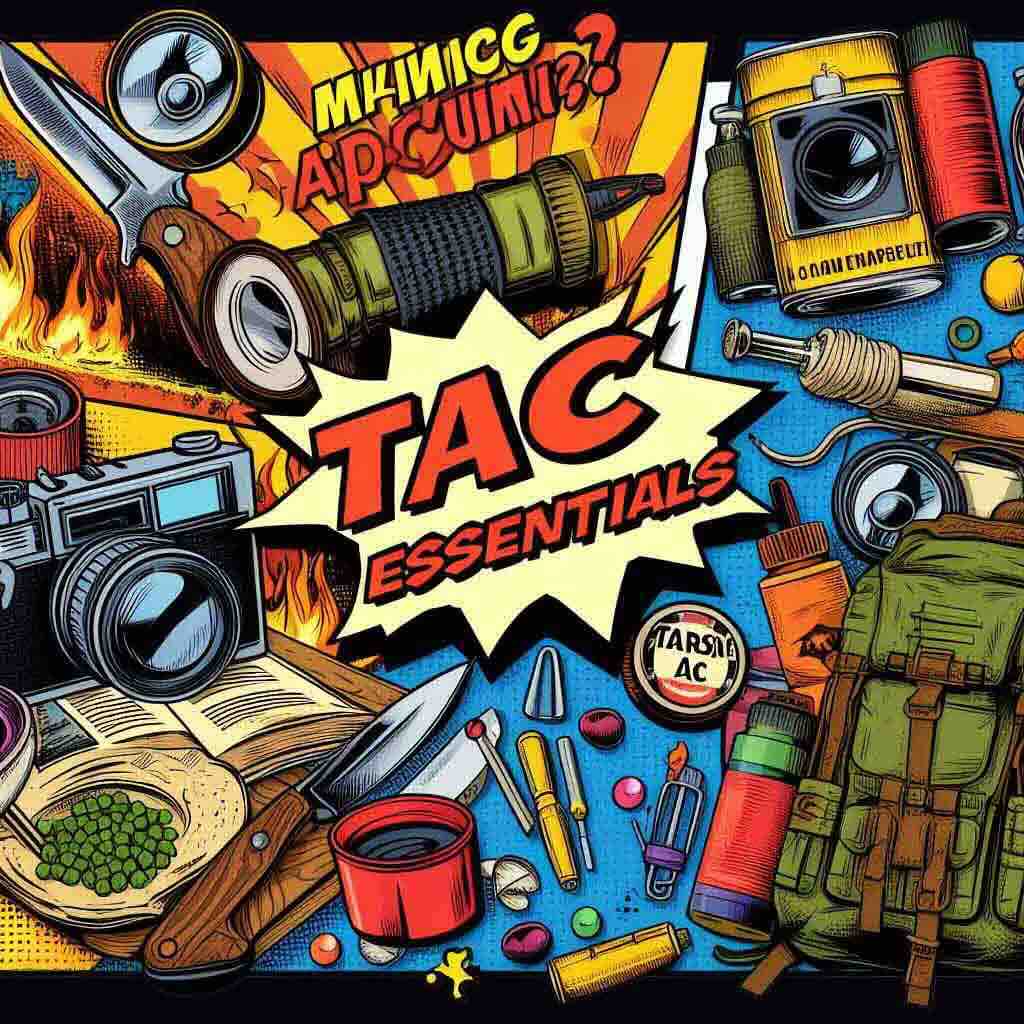In the world of first responders, protection is paramount. Whether it's rushing into a burning building, navigating through wreckage at an accident scene, or managing chaotic situations, their safety is essential for effective response. Among the various safety gears available, knee and elbow pads often stand out as crucial components. But like any equipment, they come with their own set of pros and cons.
Let's delve into the aspects that first responders need to consider when it comes to donning knee and elbow pads:
Pros:
-
Injury Prevention: Knee and elbow pads act as a shield against impact and abrasion injuries, which are common in emergency situations. They provide a protective layer between the responder's joints and hard surfaces, reducing the risk of fractures, bruises, and cuts.
-
Enhanced Mobility: Modern knee and elbow pads are designed to offer protection without compromising mobility. They are lightweight and flexible, allowing first responders to move swiftly and perform their duties effectively without feeling encumbered.
-
Longevity: By safeguarding vulnerable joints, knee and elbow pads contribute to the longevity of a responder's career. They mitigate the wear and tear on joints that often results from repeated kneeling, crawling, or bracing against hard surfaces, thus reducing the likelihood of chronic injuries over time.
-
Increased Confidence: Knowing they have an extra layer of protection can boost the confidence of first responders, enabling them to focus more on the task at hand rather than worrying about potential injuries. This psychological reassurance can enhance overall performance in high-pressure situations.
-
Versatility: Knee and elbow pads are versatile pieces of equipment that can be used across a range of emergency scenarios, from firefighting and search and rescue operations to medical emergencies and tactical interventions. They are adaptable to various environments and offer consistent protection regardless of the situation.
Cons:
-
Heat Retention: Wearing knee and elbow pads, especially in hot and humid conditions, can lead to discomfort due to heat retention. The padding may trap body heat, causing responders to sweat excessively and potentially leading to skin irritation or even heat-related illnesses.
-
Restriction of Movement: While modern pads strive to maintain mobility, some degree of restriction is inevitable. In certain situations that require rapid or complex movements, responders may find the pads limiting, hindering their agility and response capabilities.
-
Cost and Maintenance: Quality knee and elbow pads come at a price, and outfitting an entire team or department can be a significant investment. Additionally, maintaining the pads in good condition, ensuring they are cleaned and replaced when necessary, adds to the overall cost and logistical effort.
-
Compatibility with Gear: Integrating knee and elbow pads with other protective gear, such as turnout gear or tactical vests, can pose challenges. Ensuring compatibility and proper alignment of the pads with the rest of the ensemble is essential to avoid discomfort or interference during operations.
-
False Sense of Invincibility: While knee and elbow pads offer valuable protection, there's a risk that some responders may develop a false sense of invincibility when wearing them. Overreliance on protective equipment without proper situational awareness and risk assessment can lead to complacency and increase the likelihood of accidents.
In conclusion, knee and elbow pads play a vital role in mitigating injuries and ensuring the safety of first responders during emergencies. However, like any tool, they come with their own set of advantages and limitations. It's crucial for responders and their organizations to weigh these pros and cons carefully, considering factors such as comfort, mobility, cost, and situational requirements, to make informed decisions about the use of knee and elbow pads in their operational protocols. Ultimately, prioritizing the well-being and effectiveness of responders should guide the integration of protective equipment into their lifesaving endeavors.



